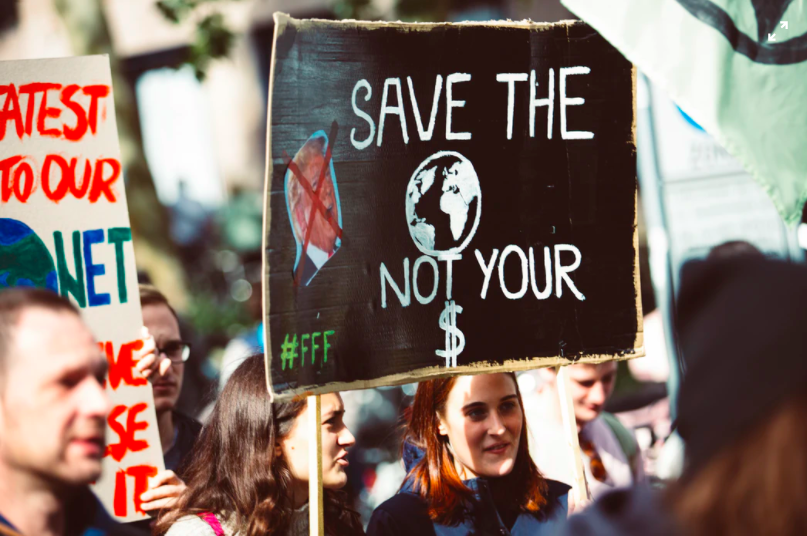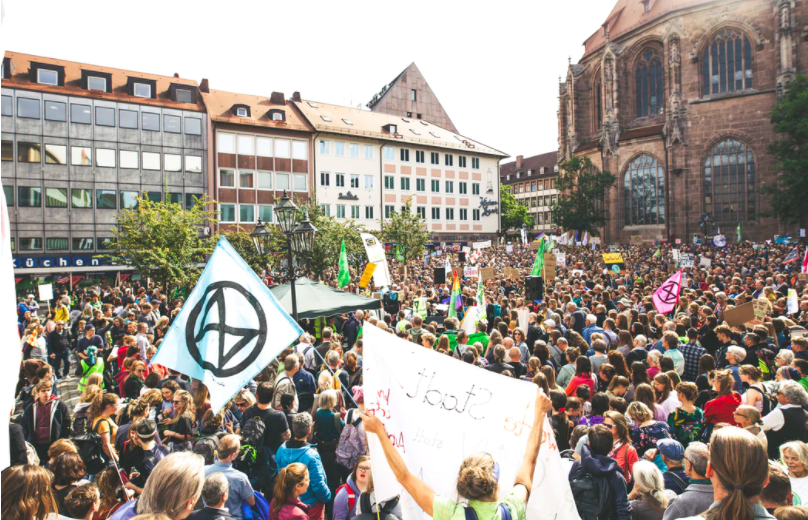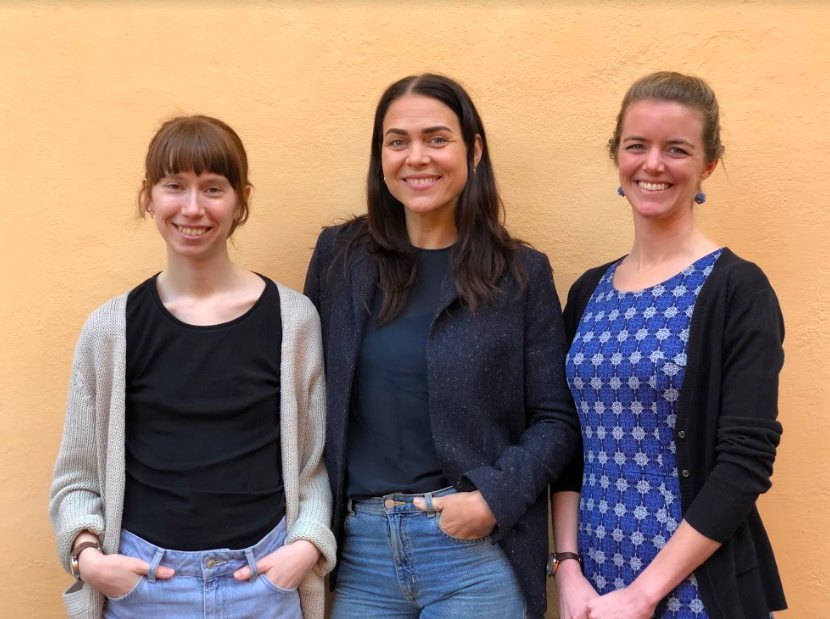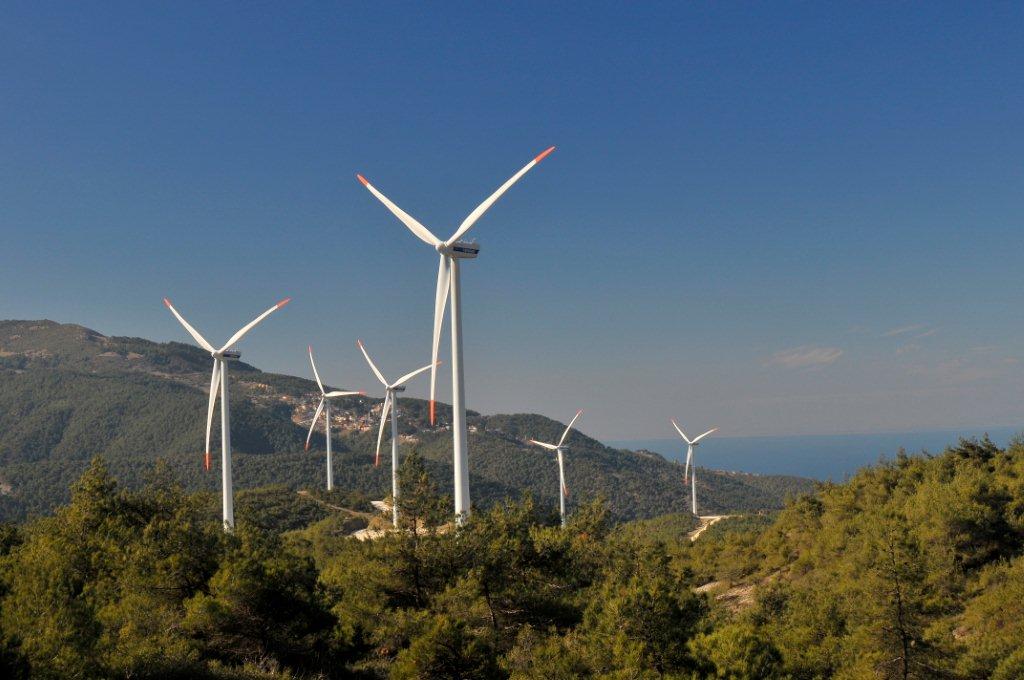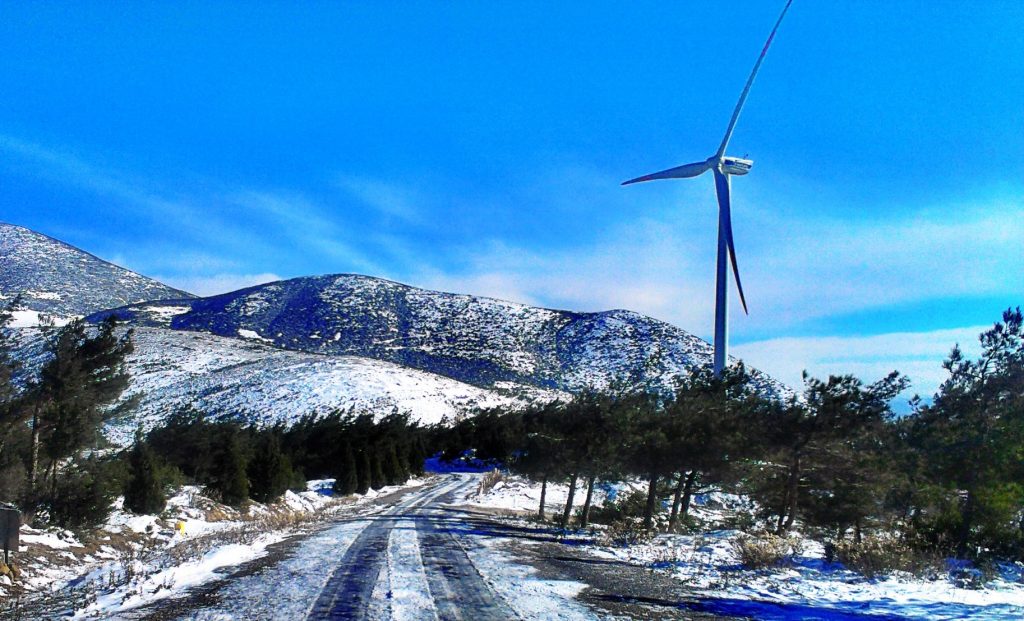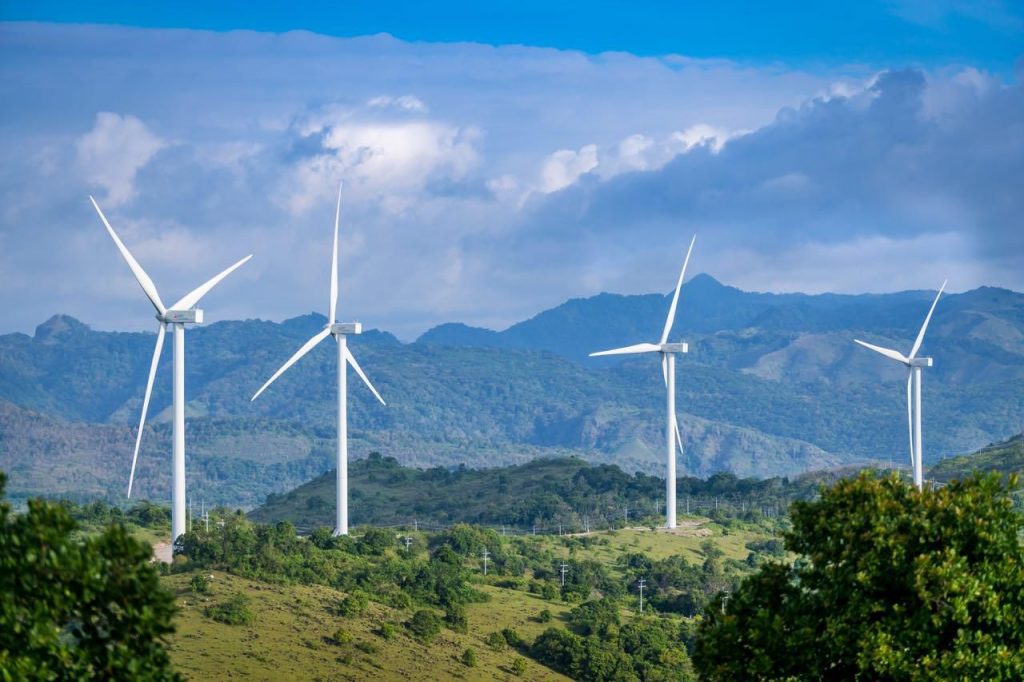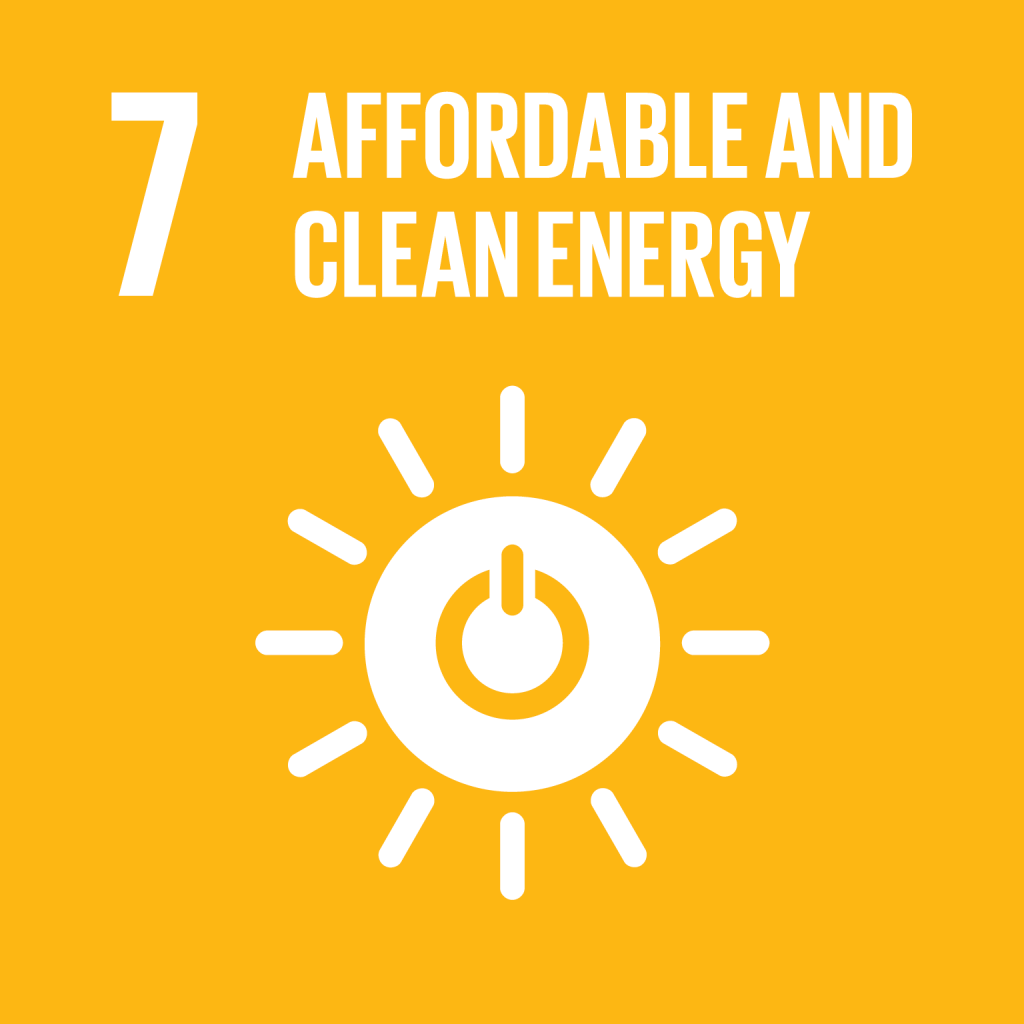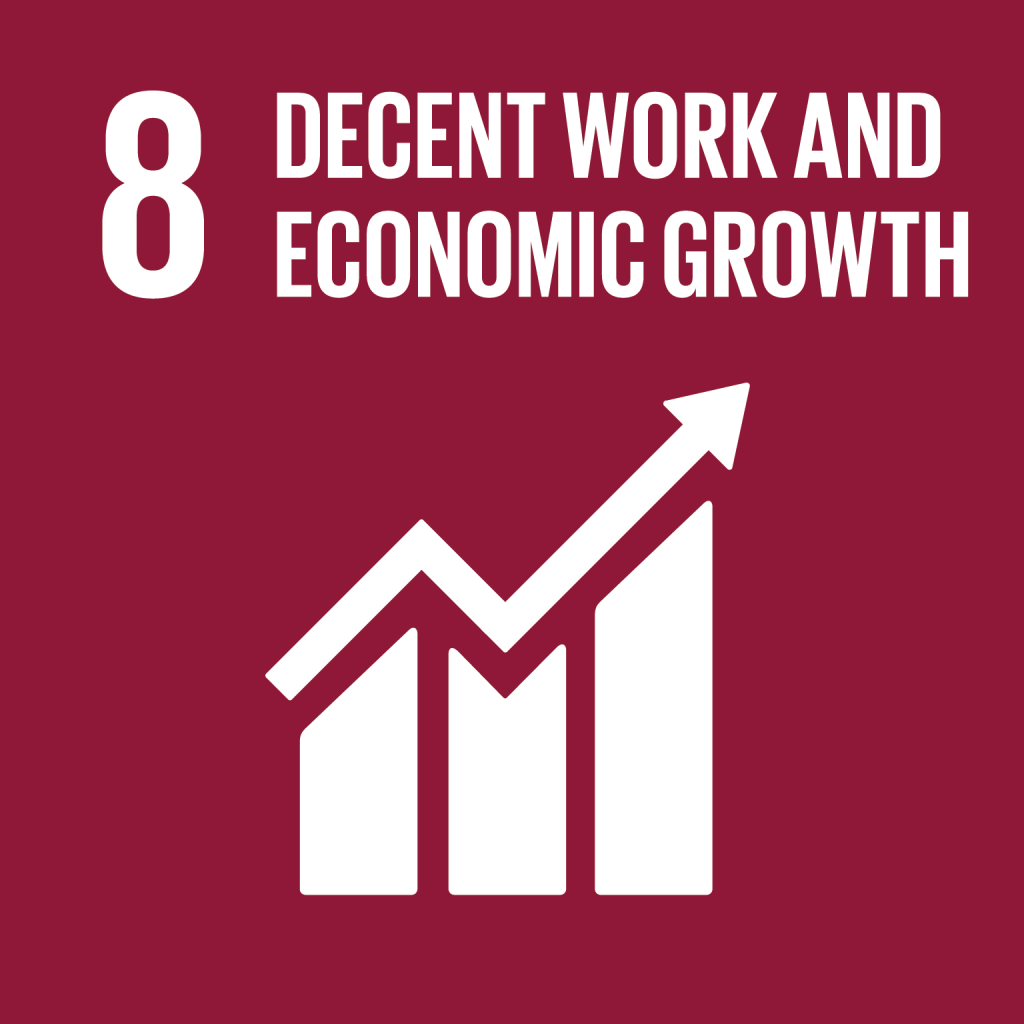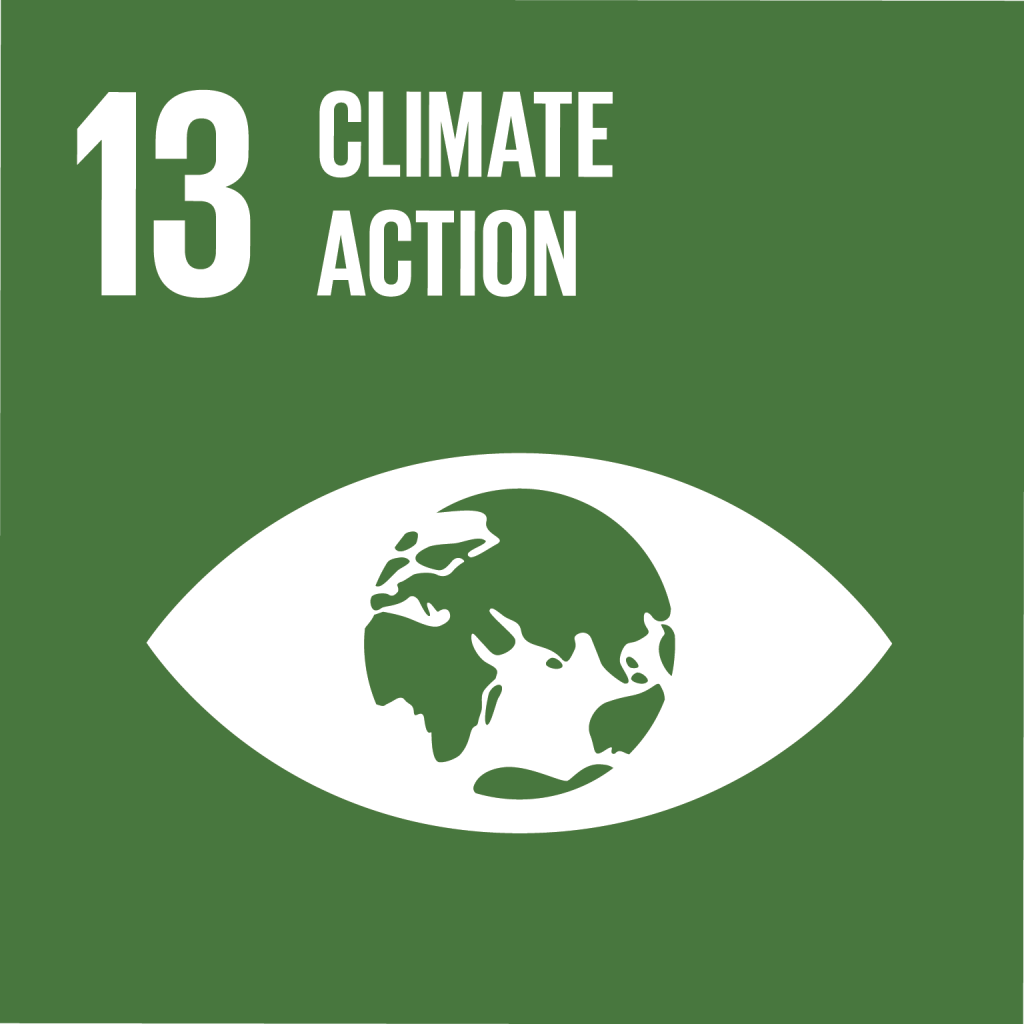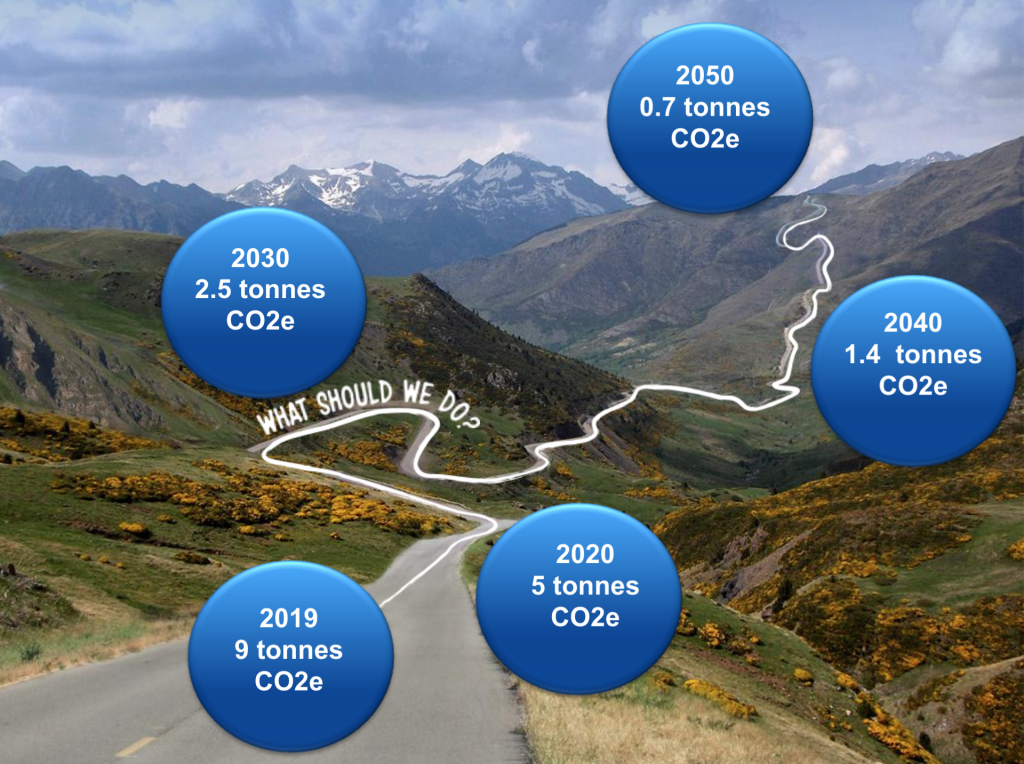If you have spent more time online than usual lately – you are not alone! Especially streaming has had almost exponential growth, as our consumption patterns of movies and series has been revolutionized by online services. Have you ever wondered if all the hours on Netflix actually have a carbon footprint? We dig into the details!
Powering the internet uses a massive amount of energy, from the remote data centers all the way to the power of the device that you are reading this on. The scope of it makes it incredibly challenging to calculate, and even when we do, the numbers are almost too large to grasp – the carbon footprint of YouTube has been estimated to 10 000 000 tonnes CO2e. What can be said is that the internet is currently responsible for 2 percent of global carbon emissions, and this is because 80% of the energy used to run it comes from fossil fuels. This is basically the same amount as the emissions from the aviation sector! But let’s not forget, this also has to be put into perspective of the emissions that are avoided elsewhere – all the physical letters not sent thanks to emails and online bank services, just to give an example (although we all could probably reduce the number of emails we send and receive!).

What is really booming on the internet right now is major streaming services. Almost 58% of downstream traffic on the internet is video, and Netflix alone held almost 20% of the traffic in the US in 2018 – a number that is probably not decreasing. So what is the carbon footprint of this?
Let’s start by saying that the carbon footprint of streaming is lower than driving to the cinema to watch a film there. This is not an argument to make people stop streaming, but to understand how our small actions add up to a big impact and that we should take responsibility – both for our own behavior, but also to encourage providers to do everything in their power to optimize operations.
A French think tank called the Shift Project first made some pretty horrifying calculations on this, estimating that watching 30 min of Netflix is equivalent to 1,6 kg of CO2 emissions. However, it seems like they based it on some wrong assumptions, as George Kamiya, Digital/Energy Analyst at the International Energy Association points out. According to his calculations and official IEA data, streaming a Netflix video in 2019 typically consumed 0.12-0.24kWh of electricity per hour, which is between 25 and 53 times less than the Shift Project estimation. So if we use the emission factor for the global average energy mix, that would give a carbon footprint of 0,028 – 0,057 kg (28 – 57 grams) CO2e for a 30 min Netflix session. Less than the carbon footprint of a banana!
So, it’s not actually that bad to watch Netflix (or, sending one email). However, we should consider how much traffic we generate, because it really does add up. Don’t leave things on in the background. If you listen to music, do so from a program that only gives you the music, and not the video stream (yeah, playing YouTube on another tab than the one you are watching is wasteful!). Pause videos that start just because you are scrolling on a page. Unsubscribe from all the newsletters that you don’t read anyway.

But more importantly, we need to make better IT design. How can we optimize data transfers? Do we need to send as much as we do? It will be both faster, cheaper and better for the environment if we can implement sustainable interaction design! Researchers from Bristol University suggested that digital waste could be reduced if YouTube stopped playing the video when the window isn’t open – and that this could save up to 500 000 tonnes of CO2e per year! And streamlining solutions like this one could potentially be found anywhere, helping us all to keep emissions from digitalization under control.
Do you work in IT? Could you design better systems to slim down the quantities of data that are being sent across the internet? Exciting challenges ahead of you!
If you want to read even more, start HERE (medium article)

